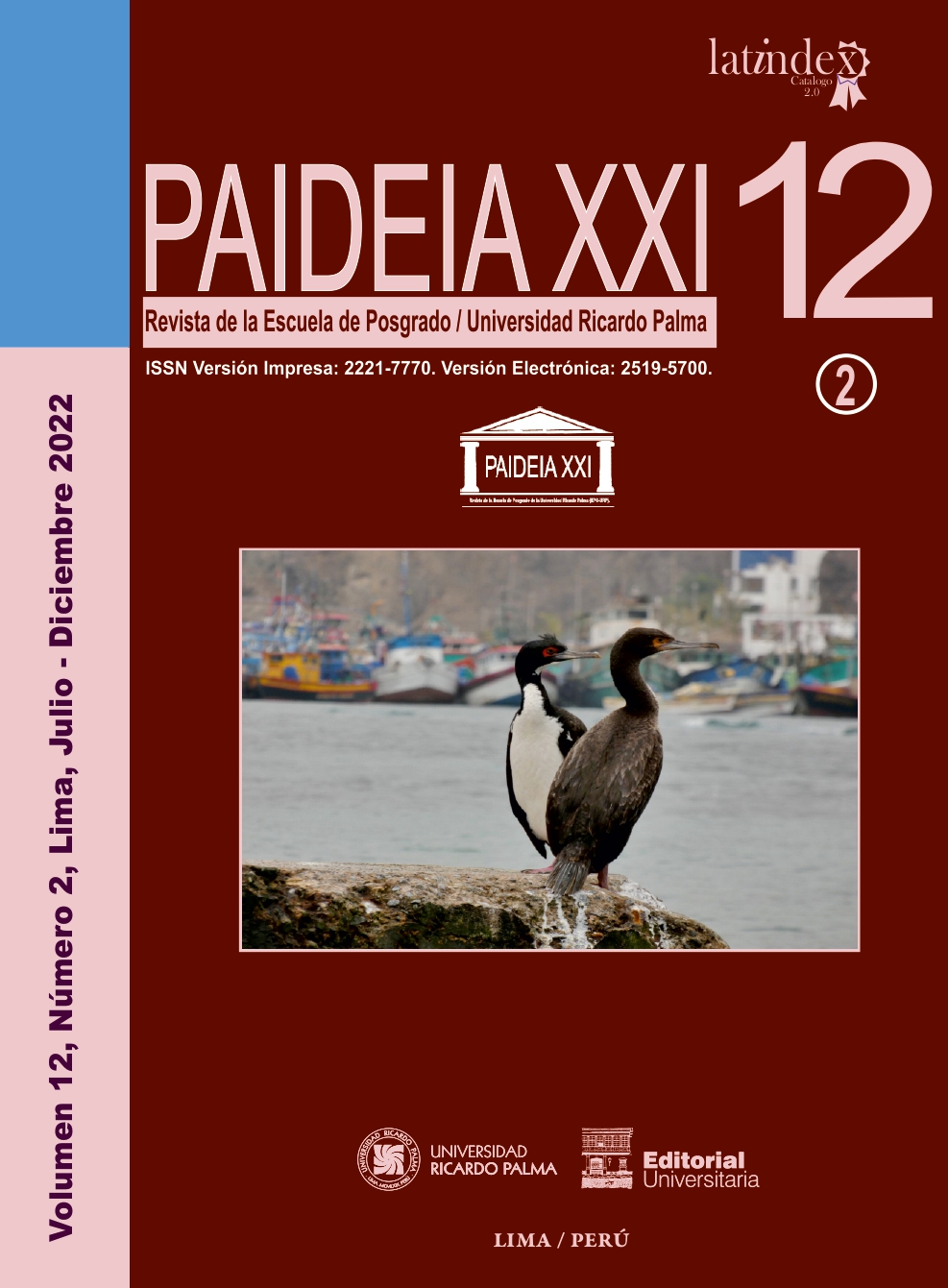EFFECT OF METALS CONCENTRATION FROM AFFLUENTS RIVERS (COATA, ILAVE AND RAMIS) IN THE WATER AND SEDIMENTS QUALITY INTO LAKE TITICACA, PERU
DOI:
https://doi.org/10.31381/paideiaxxi.v12i2.5093Keywords:
Agua, Aluminio, Arsénico, Bario, Manganeso, Metales Traza, SedimentoAbstract
The objective of this study was to evaluate the concentration of trace metals (Arsenic, Aluminum, Barium and Manganese) contained in the tributary rivers of Titicaca lake and its effect on the water and sediment quality of the lake. The concentrations of metals in the water matrix for the years 2013-2016, published by the National Water Authority (ANA) were compared to the Environmental Quality Standards (EQS) for water; and the concentration of these metals (As, Al, Ba and Mn) contained in the sediment during the years 2013-2014 were compared to the EQS for sediment of the Environmental Protection Agency (USEPA). The concentrations of these metals in the water matrix did not exceed the EQS, except for Al and Mn in the waters of tributary rivers; and regarding the lacustrine sediment, As and Ba are the only ones that exceeded the EQS for sediment. Likewise, statistically significant relationships of these metals were found between rivers and lake, both in water and sediment. Finally, the concentration of these metals was compared during the year 2014 for different periods (dry and wet), and non-statistically significant differences were found for As, Al, Ba and Mn, contained in the water and sediments lacustrine. This work contributed to understand the pollution process of a lake caused by its affluent rivers, which will allow to take the necessary actions such as: the implementation of monitoring plans to evaluate the water and sediment quality for metals that exceeded the EQS, as well as organizing control and inspection plans with various institutions involved for the proper management of water resources in the Titicaca lake basin.
Keywords: Aluminum – Arsenic – Barium – Manganese – Trace Metals – Sediment – Water












